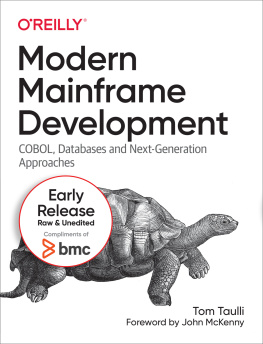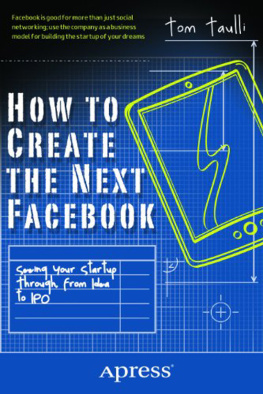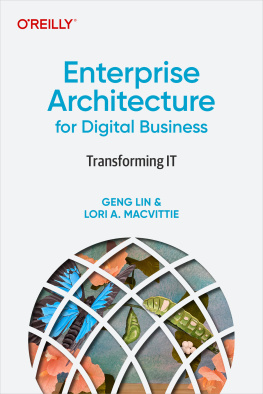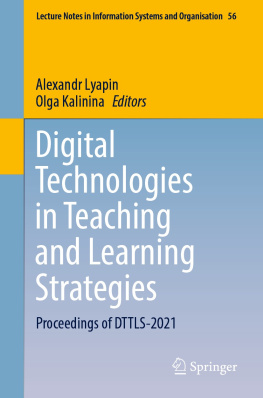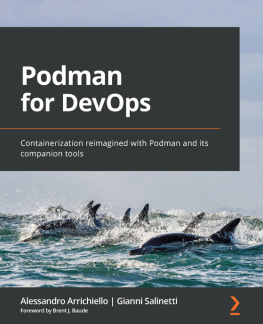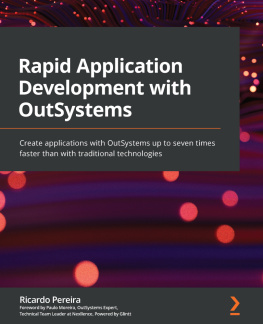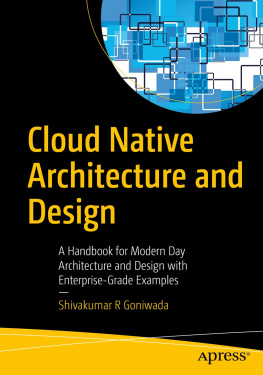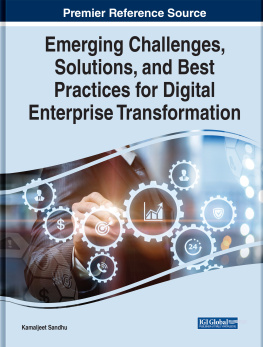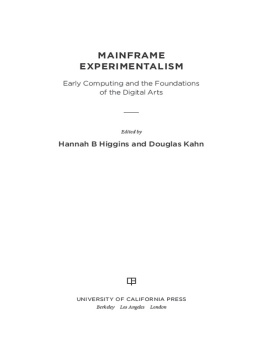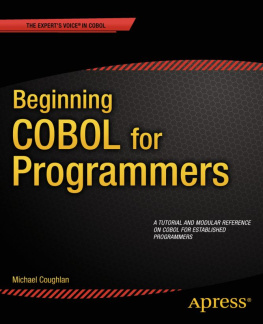Modern Mainframe Development
by Tom Taulli
Copyright 2021 Tom Taulli. All rights reserved.
Printed in the United States of America.
Published by OReilly Media, Inc., 1005 Gravenstein Highway North, Sebastopol, CA 95472.
OReilly books may be purchased for educational, business, or sales promotional use. Online editions are also available for most titles (http://oreilly.com). For more information, contact our corporate/institutional sales department: 800-998-9938 or corporate@oreilly.com .
- Acquisitions Editor: Suzanne McQuade
- Development Editor: Michele Cronin
- Production Editor: Gregory Hyman
- Interior Designer: David Futato
- Cover Designer: Karen Montgomery
- Illustrator: Kate Dullea
Revision History for the Early Release
- 2021-07-23: First Release
- 2021-11-23: Second Release
See http://oreilly.com/catalog/errata.csp?isbn=9781098107024 for release details.
The OReilly logo is a registered trademark of OReilly Media, Inc. Modern Mainframe Development, the cover image, and related trade dress are trademarks of OReilly Media, Inc.
This work is part of a collaboration between OReilly and BMC. See our statement of editorial independence.
The views expressed in this work are those of the author, and do not represent the publishers views. While the publisher and the author have used good faith efforts to ensure that the information and instructions contained in this work are accurate, the publisher and the author disclaim all responsibility for errors or omissions, including without limitation responsibility for damages resulting from the use of or reliance on this work. Use of the information and instructions contained in this work is at your own risk. If any code samples or other technology this work contains or describes is subject to open source licenses or the intellectual property rights of others, it is your responsibility to ensure that your use thereof complies with such licenses and/or rights.
978-1-098-10695-9
Foreword
For over 60 years the mainframe has been the system of record for leading businesses, governmental agencies, and institutions of learning. Today, the vast majority of the worlds largest banks, insurance companies, airlines, and retailers continue to rely on the mainframe. If youve shopped, planned a vacation, or done banking online or through a mobile app, your transaction was almost certainly processed by a mainframe.
The mainframes reliability, consistency, security, and performance have cemented its role as the workhorse of the digital economy, and reliance on the platform shows no signs of letting up. In fact, 92 percent of respondents to the 2021 BMC Mainframe Survey see it as a platform for long-term growth. As new technologies arise and demand for better, faster services and applications intensifies, the mainframe continues to evolve to meet changing market needs and power innovation.
The programming environment has advanced from punched cards to ISPF green screens to modern integrated development environments in which developers can edit, debug, and deploy source code from one interface. Meanwhile, modern development solutions have enabled the use of automation throughout the software delivery lifecycle and opened the mainframe to integration with cross-platform development tools, monitoring and security software, and modern front-end applications.
These advanced automation capabilities and an open-borders approach go hand-in-hand with increased adoption of DevOps and agile development on the platform. Modern processes, and the tools that support them, help increase the quality of applications and the speed and efficiency with which they are developed. In short, it is an exciting time for the mainframe, as it continues to build upon its reputation of reliability, security, and scalability and expand its integration with other platforms in support of continuous innovation.
This bright future also presents wonderful career opportunities on the mainframe. DevOps and agile development open the door to greater collaboration with developers on other platforms, spurring the creation of applications and services that have the potential to change the digital landscape. Modern tools and an ever-expanding list of cross-platform integrations enable developers to use their favored tools to do meaningful work on the platform that drives the world economy. Across a wide range of industries and organizations from financial services to medical, insurance, retail, and the public sector, the need for skilled mainframe developers is boundless.
In this book, Tom Taulli introduces the mainframe and the systems behind it, covering the history of the platform, its unique role in the modern digital economy, and the architecture, processes, and people that make it such a powerhouse. In exploring its most commonly used programming language (COBOL) and examining database and transaction management on the platform, Tom provides the foundation upon which readers can build a working knowledge of mainframe development.
Modern Mainframe Development serves as a valuable overview of the platforms history and future while also thoroughly explaining its systems and processes. As experienced mainframe developers retire, taking with them decades of accrued knowledge, and the industry shifts toward a new generation of mainframe professionals, the importance of this resource cannot be overstated.
I hope that you, the reader, will use this book to lay the groundwork for further exploration of the platform and the opportunities it presents. Once youve experienced its power and capability for innovation, Im confident youll develop the same passion for the mainframe that has inspired my career.
--John McKennySenior Vice President and General Manager, Intelligent Z Optimization and Transformation at BMC
Part I. Fundamentals
Chapter 1. Why Be A Mainframe Developer?
A Note for Early Release Readers
With Early Release ebooks, you get books in their earliest formthe authors raw and unedited content as they writeso you can take advantage of these technologies long before the official release of these titles.
This will be the first chapter of the final book.
If you have comments about how we might improve the content and/or examples in this book, or if you notice missing material within this chapter, please reach out to the editor at .
The long-term prospects for tech employment are particularly bright. Just look at the results of research from the U.S. Bureau of Labor Statistics. The forecasted employment growth for technology occupations is expected to be about 11% from 2019 to 2019, which is significantly faster than the average for all occupations. The number of jobs that are projected to be added during this time is roughly 531,200.
But for those looking at career opportunities or exploring a change it is likely that one of the last areas in tech to consider would be mainframe development. In fact, the odds are pretty good that many people will not even think about this category.
This should be no surprise either. The media usually does not cover mainframe topics or trends. Whats more, the systems often handle applications that power infrastructure, which makes it difficult to get a sense of what they can do. Besides, its not like any one can go to a Best Buy and purchase a mainframe. These machines are expensive and complex. They also require a team of talented IT professionals.

